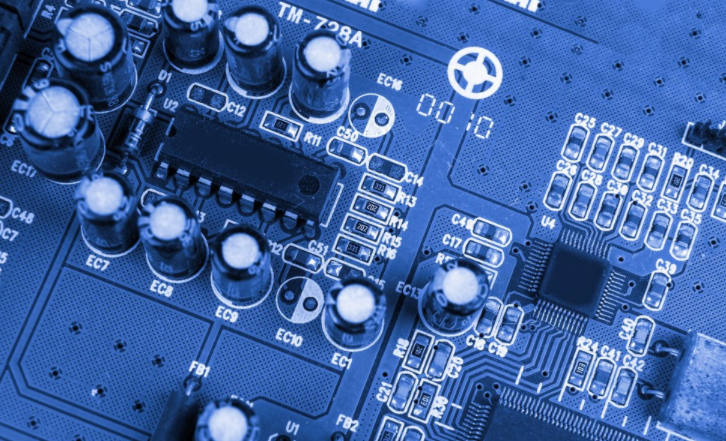
How about the effICiency and temperature resistance of PCB?
1 High reliability: PCB passes a series of inspections to ensure long-term reliable operation, test and aging test of PCB
2. Assemblability: PCB products not only facilitate the standardized assembly of various components, but also can be produced automatically in batches. At the same time, PCB and various component assemblies can also be assembLED into larger parts and systems until the whole machine.
3. Maintainability: PCB products and various component assemblies are standardized design and mass production, so these parts are also standardized. If the system fails, it can be replaced quickly, conveniently and flexibly to quickly resume normal operation.
4. Designability: PCB can be designed through design standardization and standardization. It has the characteristics of short time and high efficiency,
Circuit board

It can satisfy PCB circuit board, such as electrical, physical, chEMIcal, and mechanical waiting
5. High density: pcb circuit board has developed from single-layer board to double-sided board, Multilayer board and flexible board, and now continues to develop towards high-precision, high-density and high reliability.
6. Testability: PCB manufacturers purchase advanced test equipment and instruments, and develop a complete test plan to test and evaluate the product's eligibility and service life PCB proofing
What is the temperature resistance of PCB?
In order to ensure the quality of finished PCB, reliability and adaptability tests are required. The temperature resistance test of PCB is to prevent PCB from explosion, blistering, delamination and other adverse reactions under high temperature, resulting in poor product quality or direct scrapping, which is a problem that needs attention. What is the temperature resistance of PCB? How to conduct heat resistance test? Let's understand the following:
The temperature problem of PCB is related to the temperature of raw materials, solder paste and surface parts. Generally, PCB can withstand temperatures up to 300 degrees for 5-10 seconds; When lead-free wave soldering is used, the temperature is about 260 ℃ and the lead is about 240 ℃.
Thermal resistance test of PCB:
1. First prepare PCB Production board and tin furnace.
Sample 5pcs of 10 * 10cm base plate (or laminate, finished board); "(There is no blistering and delamination on the copper containing substrate).
Base material: 10 circles or more; Laminate: low thermal expansion coefficient 150 or above 10 weeks; HTg data or more 10 cycles; Normal data or more than 5 loops.
Finished board: low CTE 150 for more than 5 cycles; HTg data for more than 5 weeks; Normal data of more than 3 cycles.
2. Set the temperature of the tin furnace to 288+/- 5 degrees and calibrate it with contact temperature measurement;
3. First, DIP the soft brush in the welding flux and apply it on the surface of the plate, then take the test plate with the crucible pliers and immerse it in the tin furnace. Take it out for 10 seconds and cool it to room temperature. Visually check whether there is any blistering or bursting of the plate. This is a circle;
4. In case of blistering and plate bursting, immediately stop dipping tin and analyze the initiation point f/m. If there is no problem, continue to circle until the circuit board explodes, ending 20 times;
5. The bubbling part needs to be sliced and analyzed to understand the source of detonation point and take photos.
The above introduction is about the temperature PCB resistance circuit boards I believe everyone knows PCB circuit board will have some bad problems under overheating temperature Therefore, it is necessary to understand the different information of PCB in detail and do not exceed the maximum temperature limit to avoid PCB from scrapping to adding Expenses
然后
聯(lián)系
電話熱線
13410863085Q Q

微信

- 郵箱










